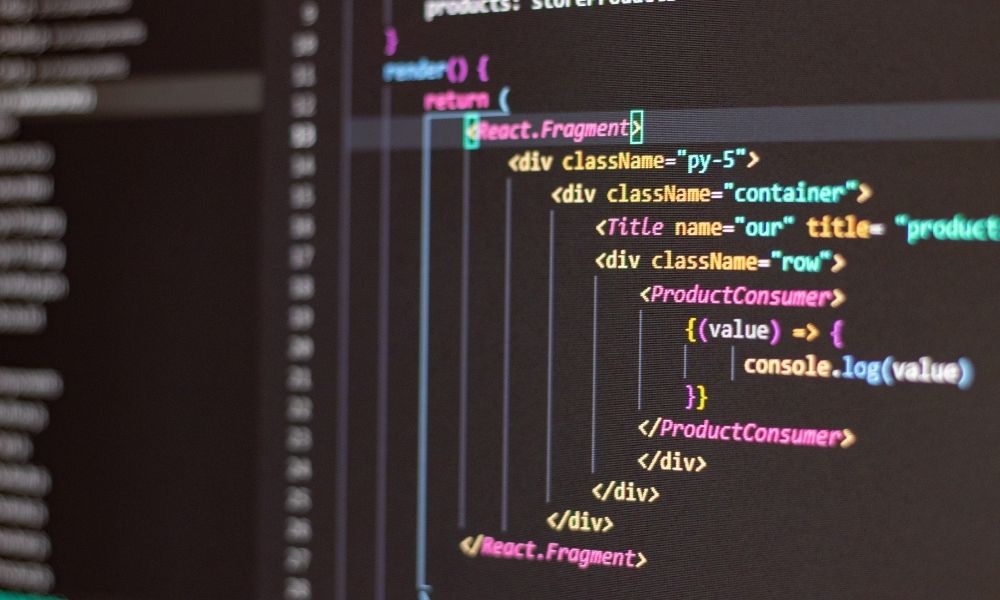In today’s digital world, having a website is no longer a luxury—it’s a necessity. Whether you’re launching a startup, expanding a small business, or taking a personal brand to the next level, your website is your digital storefront. But one of the most common questions entrepreneurs and businesses face is: how much will it cost to develop a website?
The answer? It depends.
From a simple one-pager to a fully customized eCommerce platform, website costs can vary significantly. That’s where a bold: website development cost estimator comes into play. It’s a powerful tool that helps you predict the cost of your website based on your needs and preferences—before committing to a developer or agency.
In this blog, we’ll break down the key components that affect website development cost, explain how estimators work, and help you decide when and why you should use one. Whether you’re budgeting for your first site or your tenth, this guide will give you a solid financial starting point.
Why Estimating Website Costs Matters
Building a website isn’t just about coding—it’s a mix of planning, design, development, testing, deployment, and ongoing maintenance. Each step can involve different professionals and varying levels of effort.
Without a clear estimate, you might:
- Overcommit your budget and fall short later
- Underbudget and compromise on features
- Experience delays due to financial miscalculations
A bold: website development cost estimator eliminates a lot of this uncertainty by breaking down the cost elements for you.
What Factors Affect Website Development Cost?
Before diving into how estimators work, it’s important to understand the main elements that influence cost:
1. Type of Website
- Personal Blog or Portfolio: Generally low-cost, around $500–$1,500.
- Small Business Site: Mid-range sites may cost $1,500–$5,000.
- Corporate Website or Web App: Costs may range from $5,000 to $20,000+ depending on complexity.
- eCommerce Platform: Typically starts at $3,000 and can exceed $30,000 for custom builds.
2. Design Requirements
- Template-based Design: More affordable and faster to deploy.
- Custom UI/UX Design: Offers uniqueness but increases time and cost.
3. Functionality & Features
- Contact forms, booking systems, user logins, payment integration—each new feature adds development time and cost.
4. Content Management System (CMS)
- WordPress, Shopify, Wix (pre-built platforms) vs. custom CMS solutions.
5. Third-party Integrations
- Email marketing tools, CRM, analytics, chatbots—these often require plugins or custom development.
6. Responsive Design & Accessibility
- Ensuring your site works well on all devices and is inclusive adds to the development scope.
7. SEO & Performance Optimization
- Built-in SEO, page speed optimization, and image compression are often additional services.
8. Maintenance & Hosting
- Ongoing support, updates, domain registration, SSL certificates, and hosting are recurring costs you’ll need to account for.
What Is a Website Development Cost Estimator?
A bold: website development cost estimator is typically a web-based tool or calculator that asks a series of questions about your project. Based on your answers, it generates an approximate budget range.
These questions might include:
- What kind of website are you building?
- Do you need eCommerce features?
- Will you require branding or logo design?
- How many pages will your site have?
- Do you need advanced security or user authentication?
Once you’ve answered the prompts, the estimator compiles a breakdown of the projected cost—often divided into design, development, testing, and launch phases.
Benefits of Using a Website Development Cost Estimator
Here’s why using a bold: website development cost estimator can be a game-changer before you start development:
1. Saves Time
Instead of emailing back and forth with agencies or freelancers, you get a fast and fairly accurate ballpark figure within minutes.
2. Clarifies Project Scope
The questions in an estimator force you to think about what you really need—and what you can do without.
3. Supports Better Budgeting
Knowing what features will cost allows you to prioritize what matters most and stay within your means.
4. Empowers You During Negotiations
When you understand how costs are calculated, you’re better prepared to negotiate with service providers.
5. Reduces the Risk of Surprise Expenses
The more thorough the estimation process, the fewer unpleasant surprises down the road.
What to Look for in a Good Estimator
Not all estimators are created equal. A good bold: website development cost estimator should:
- Be intuitive and user-friendly
- Offer detailed cost breakdowns
- Allow you to compare different options (e.g., basic vs. premium features)
- Include both development and ongoing maintenance estimates
- Let you export or save your estimate for later
Bonus points if it connects you with real developers or agencies that can match your budget.
Example: Estimating a Small Business Website
Let’s say you’re building a website for your landscaping company. You need:
- 5 pages (Home, Services, About, Blog, Contact)
- A contact form
- SEO setup
- Responsive design
Using a bold: website development cost estimator, you might get the following breakdown:
| Feature | Estimated Cost |
|---|---|
| Basic Design | $800 |
| Responsive Development | $600 |
| Contact Form Integration | $200 |
| SEO Optimization | $300 |
| CMS Setup (WordPress) | $400 |
| QA & Testing | $200 |
| Domain & Hosting (1 year) | $100 |
| Total Estimate | $2,600 |
Of course, your actual cost may vary depending on who you hire and their pricing model (hourly vs. fixed-rate). But the estimator gives you a solid foundation.
When to Use an Estimator vs. Talking to a Developer
If you’re in the early stages of planning and just trying to get a sense of potential costs, a bold: website development cost estimator is the way to go. It’s ideal for:
- Pitching to investors or internal stakeholders
- Creating a budget plan for a business grant or loan
- Comparing in-house vs. outsourced development
Once you’ve nailed down your vision and budget, that’s when it’s time to reach out to developers for detailed proposals or quotes. Having an estimate in hand makes those conversations easier and more efficient.
Wrapping Up
There’s no one-size-fits-all price tag for website development. But with a reliable bold: website development cost estimator, you can plan your project with confidence, clarity, and control.
It helps you move from vague ideas to real numbers—so you’re not caught off guard by costs or left guessing. Whether you’re just exploring possibilities or preparing for launch, this tool is a must-have for smart website planning.
Ready to find out what your website might cost? Try a bold: website development cost estimator today and take the first step toward building your digital presence.

